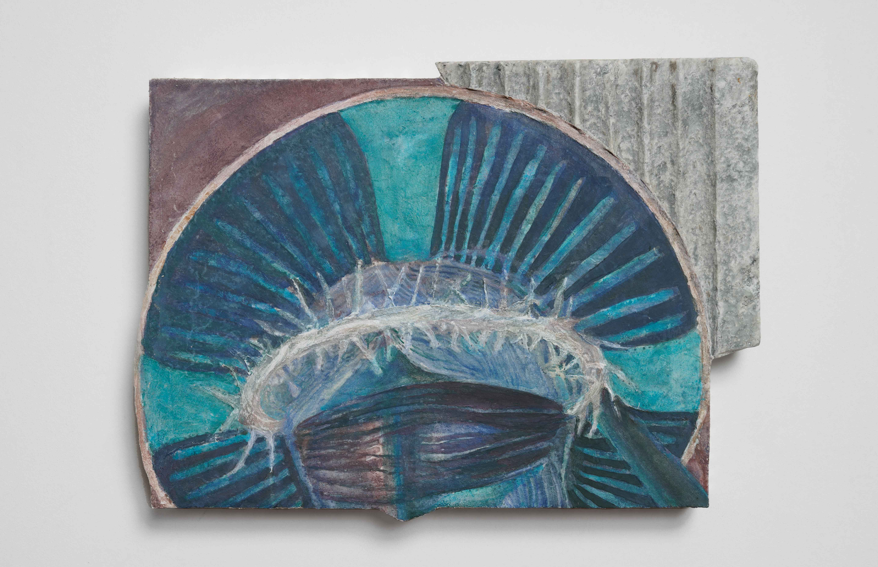13/10/2025

Featuring a new body of work shown in Mexico for the first time, the artist turns to the al fresco technique—among the most demanding forms of painting—to explore how time inscribes itself in both materials and images. Practiced in Italy since antiquity and perfected during the Renaissance, al fresco involves painting directly onto fresh lime plaster (intonaco) with pigments dissolved in water. Each surface must be completed in sections known as giornate, within a single working day, as the plaster must remain moist throughout the process. Once the painting dries, the pigments fuse permanently with the wall. Sala revives this craft using specially prepared portable supports backed by aluminum honeycomb panels. His works are far from historical re-creations, bringing together seemingly incompatible temporalities: the fleeting and the geological, the digital and the ancient.
Featuring a new body of work shown in Mexico for the first time, the artist turns to the al fresco technique—among the most demanding forms of painting—to explore how time inscribes itself in both materials and images. Practiced in Italy since antiquity and perfected during the Renaissance, al fresco involves painting directly onto fresh lime plaster (intonaco) with pigments dissolved in water. Each surface must be completed in sections known as giornate, within a single working day, as the plaster must remain moist throughout the process. Once the painting dries, the pigments fuse permanently with the wall. Sala revives this craft using specially prepared portable supports backed by aluminum honeycomb panels. His works are far from historical re-creations, bringing together seemingly incompatible temporalities: the fleeting and the geological, the digital and the ancient.